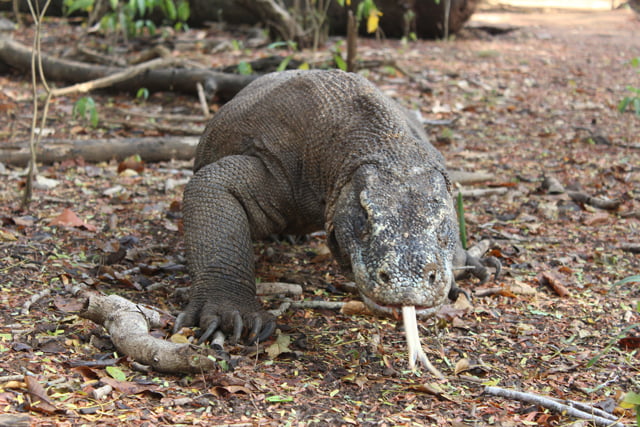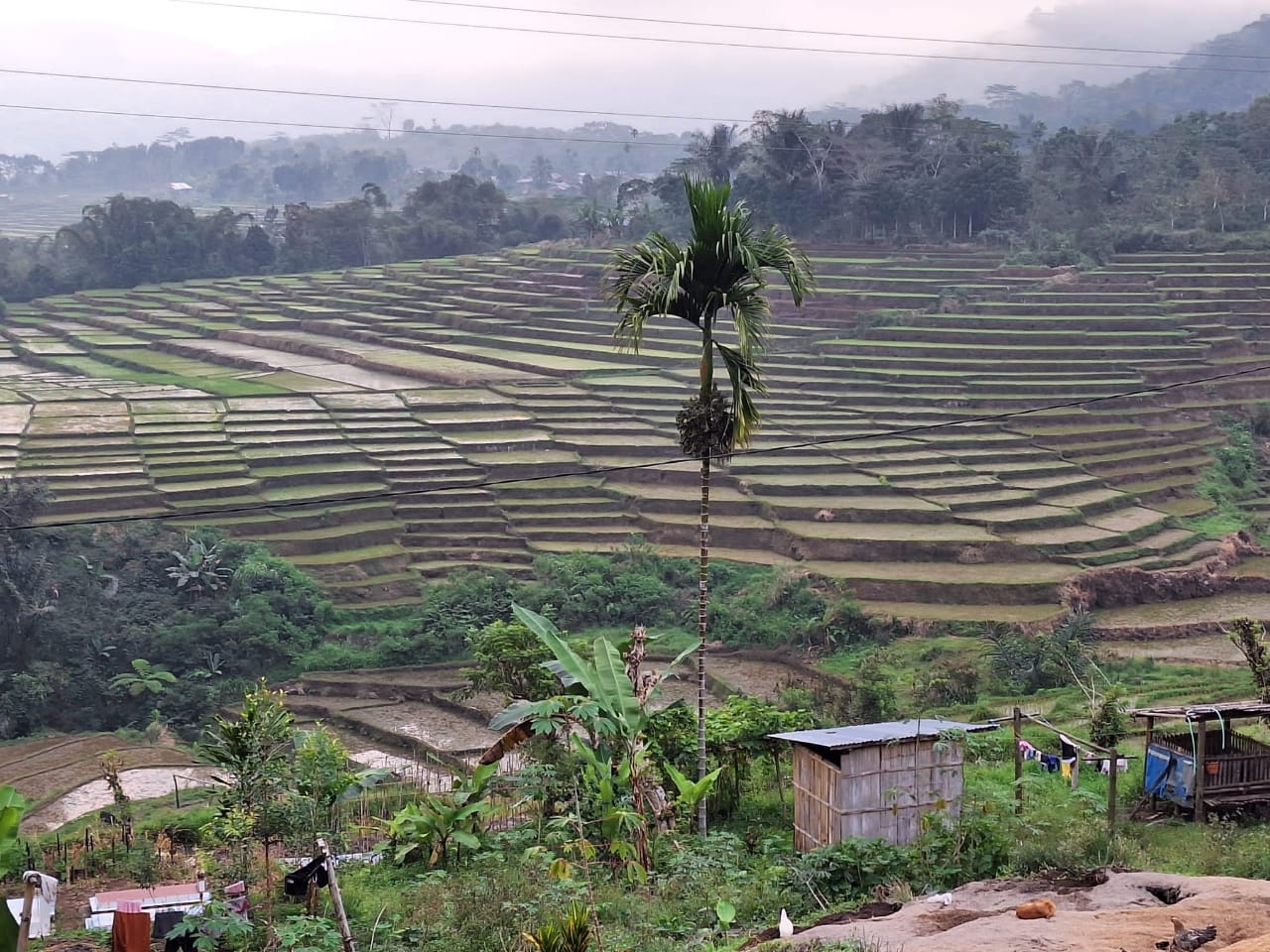Komodo National Park Indonesia, situated between Flores Island and Sumbawa Island in Indonesia, holds significant historical and natural value. Established in 1980, it gained UNESCO World Heritage Site status in 1991 and was later honored as one of the new Seven Wonders of Nature in 2013. The park comprises five main islands: Komodo Island, Rinca, Padar, and two smaller islands known as Nuca Kode and Gili Motang, situated behind Rinca. Apart from its presence within Komodo National Park, the Komodo Dragon also inhabits the northern part of Flores Island.
The primary conservation goal in Komodo National Park Indonesia is to safeguard both terrestrial and marine life, including the Komodo Dragon, the largest living lizard on earth, measuring up to 3 meters in length and weighing 90 kg. Within Komodo National Park, four villages exist: Komodo village, Rinca, Kerora, and Papagarang. However, the coexistence of these communities within the park presents challenges. Although the government proposed relocation for the residents, they declined, citing their settlement predating the park’s establishment in 1928.
Formerly, local inhabitants engaged in deer hunting, posing threats to the dragon population, as deer constitute their main diet. Additionally, destructive fishing practices, such as dynamite fishing, adversely affected marine life. To address these issues, the government initiated training programs for residents, encouraging them to produce Komodo Dragon sculptures as souvenirs for sale to visitors. Furthermore, opportunities were provided for their children to work as park rangers. There are several major island within Komodo National Park Indonesia as follows:
Read This : Some Tips for Travelers During a Vacation to Komodo and Flores Islands
Komodo Island, the largest island within the park, spans 291 square kilometers and serves as the primary habitat for the Komodo Dragon. Komodo Village, with an approximate population of 2000 as of 2024, consists predominantly of Muslim immigrants from Bima and South Sulawesi. While traditionally fishermen, many residents now engage in tourism-related activities, such as serving as park rangers or selling souvenirs.
Despite the provision of free education by the Indonesian government, attendance at the local basic school remains low. The inhabitants of Komodo Island primarily communicate in their native language, Komodo Language, which is a blend of Indonesian, Manggarai, and Bugis languages. Health care services are limited, with malaria and diarrhea prevalent due to poor environmental conditions and limited access to clean water.
Padar Island, the third largest in the park, boasts three bays with distinct colors: black, white, and pink. It also serves as a habitat for the Komodo Dragon, although sightings can be rare due to the island’s open savannah terrain. Rinca Island, the second largest, is renowned for its diverse wildlife, including Komodo Dragons, monkeys, wild boars, and horses. Despite challenges such as inadequate health care and education facilities, initiatives such as a proposed trekking bridge aimed to boost tourism and improve local welfare. However, concerns exist regarding the potential environmental impact on the habitat of Komodo Dragons.
Read This : Flores Island boasts several tour highlights





